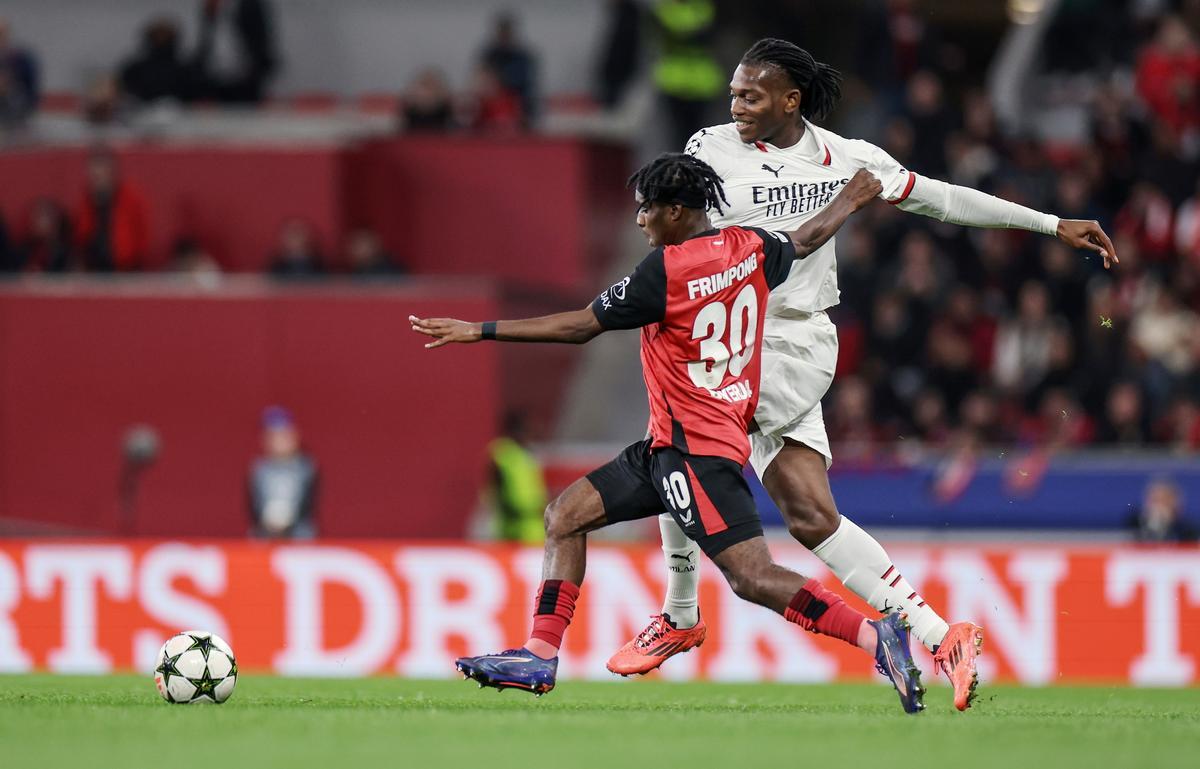Introduction
European hoops have some of the world’s most bitter rivalries, and few series are as steeped in history, drama, and suspense as the series between Inter (inter vs. estrella roja) and Estrella Roja (Crvena Zvezda). Neither of these two teams is as well-known as some of the all-time great franchises in the NBA, but their travails have become pages of European hoops history books for decades.
This article goes in-depth into the history of this rivalry, most important past meetings, legendary players, and the cultural side of these games. This in-depth examination into Inter vs. Estrella Roja will give you an interesting glimpse into one of the best under-the-radar rivalries in the sport if you’re an ultimate basketball fan or just beginning to learn about European basketball.
The Origin of the Rivalry
Inter Bratislava: Slovakia’s Early Basketball Pioneers
Slávia Bratislava was founded in 1940. They were the best team from Czechoslovakia. inter vs. estrella roja was a dominant force in local competitions and a consistent European competition challenger during the mid-20th century.
Estrella Roja (Crvena Zvezda): Serbia’s Basketball Empire
Rivaling them is Crvena Zvezda (Red Star Belgrade), the most prestigious and most storied Serbian sports club. Formed in 1945, the club became a power house in Yugoslavian and, later, Serbian basketball with a dizzying speed. With their abundance of regional and European accolades, Estrella Roja became the benchmark of basketball excellence in the Balkans.
When Did the Rivalry Begin
The Inter-Estrella Roja rivalry started during the 1960s and 1970s when both teams were playing in the European Cup (now EuroLeague). Their matches were more than just basketball games but had a political undertone because they were representing the opposing sides of the former Eastern Bloc.
Most Important Historic Meetings
The 1969 European Cup Semifinals
Perhaps one of the most suspenseful meetings between the two teams was the 1969 European Cup semifinals.
First Leg (Bratislava): Inter Bratislava won from a closely contested home meeting due to Inter’s highest-scoring center, Ján Kropilák’s, excellent play.
Second Leg (Belgrade): Estrella Roja, through Dragan Kapičić, battled hard, but Inter moved to the championship finals on aggregate.
Inter’s win was their coming of age, but they went on to lose in the final to CSKA Moscow.
The 1975 Korać Cup Showdown
The two clubs faced each other in a close two-legged encounter during the 1975 Korać Cup.
Estrella Roja boasted their talented young sensation Dražen Dalipagić, who went on to become an European basketball legend.
Inter Bratislava boasted their physical defense and unity.
The tie only went down to the wire, with Estrella Roja crossing the line, once again intensifying the rivalry between the clubs.
Post-Yugoslav Era Encounters
Following the breakup of Yugoslavia and Czechoslovakia, the two clubs suffered from economic and administrative issues. They continued to face each other in regional tournaments and friendlies, preserving the rivalry.
Great Players of the Rivalry
Inter Bratislava Legends
Ján Kropilák – One of the all-time Slovaks, a goal-scoring and leadership legend.
Miroslav Kropilák – Enforcer and destroyer and captain of Inter’s European warfare.
Ivan Chrenka – A high-scoring marksman who harassed Estrella Roja defenses.
Estrella Roja Legends
Dražen Dalipagić – A Hall of Famer who evolved into one of the greatest-ever European scorers.
Zoran Slavnić – A dexterous point guard who spearheaded Estrella Roja’s scoring attack.
Dragan Kapičić – Skilled forward who excelled in the 1969 battles.
The Cultural and Political Context
Basketball as a Symbol of National Pride
Throughout the Cold War, most sport functioned as a stand-in for political rivalry. Inter Bratislava spoke to Czechoslovakia, while Estrella Roja spoke to Yugoslav control on the court. Their games were more than demonstrations of sporting prowess—these were battles for control of the region.
The Breakup of Yugoslavia and Czechoslovakia Impact
The downfall of the two countries in the 1990s disadvantaged both clubs. Inter was unable to regain its past sparkle in the new Slovak league, and Estrella Roja played but was decimated by financial woes.
Notwithstanding this, the hatred lingered in the heart of the fans, with friendly matches sparing some reminding old passions.
Modern Relevance and Legacy
Estrella Roja Revival in the EuroLeague
Estrella Roja (Red Star) is again a member of the EuroLeague pyramid in recent years, courtesy of its sound management and committed fan patronage. The team has been ably supported by its NBA players, including Boban Marjanović and Nemanja Bjelica.
Inter Bratislava Today
Today, Inter Bratislava plays in the Slovak League but has lost some of the glory of earlier European days but is still a big name for basketball in Central Europe.
Can the Rivalry Be Revived
As such domestic championships such as the ABA League and Basketball Champions League increasingly expand their influence, there lies much hope for renewed hostilities between these two warhorse clubs. Another EuroCup or FIBA Europe Cup game might put this storied rivalry back into the next generation.
Conclusion: Why This Rivalry Still Matters
The Inter vs. Estrella Roja rivalry can never equal the international appeal of Barcelona vs. Real Madrid or CSKA vs. Fenerbahçe, but it lived on in European basketball lore.
Historic Significance: Their confrontations during the 1960s and 1970s set European basketball’s tone.
Legendary Players: Europe’s best stars clashed with each other during these games.
Cultural Impact: The rivalry spilled over into politics and reflected deeper political and regional splits.
In spite of the way that the clubs have evolved, their past meetings are a throwback to the glory days of European basketball. If the two were to clash again in a competitive environment, it would be a nostalgic flash back to those who love the sport of basketball.
Final Thoughts
To European basketball fans, Inter vs. Estrella Roja is not an extinct rivalry but an extinct fragment of basketball history that needs to be remembered. Maybe through documentaries, old highlights, or even a possible rematch, people’s memory about these two teams still lingers on.
